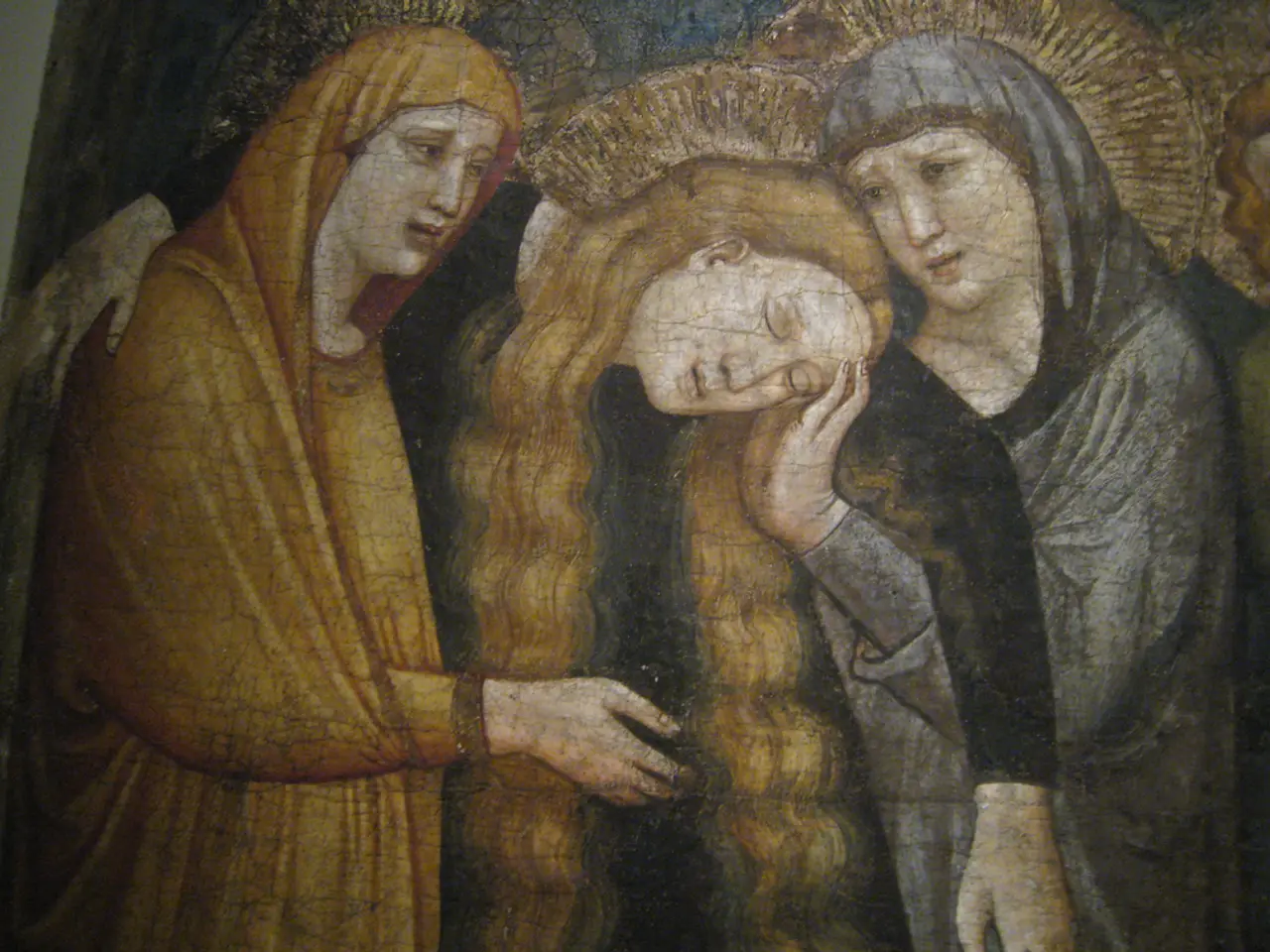Delving into the Realm of Visual Imagery: Concept Art Exploration
In the dynamic world of art, the field of concept art has emerged as a versatile career path for aspiring artists, spanning various industries. This form of visual storytelling plays a pivotal role in captivating audiences by creating visually compelling worlds that draw them into the narrative.
From character design to environment creation, prop designs, and storyboards, concept artists have a wide range of options to explore their artistic interests. The techniques employed in this realm are diverse, encompassing sketching, digital painting, 3D modelling, and the use of software such as Photoshop, ZBrush, and Procreate.
One significant shift in the concept art landscape is the adoption of digital tools. These advancements offer numerous advantages, making the creative process more precise, efficient, and accessible.
Enhanced precision and control are among the key benefits of digital tools. Artists can now zoom in for fine details and use pressure-sensitive styluses, enabling natural, nuanced strokes essential for striking concept art.
Digital art is also cost-effective, reducing the need for physical supplies like paints, markers, and canvases that are consumable and costly over time. Affordable or free software options and one-time hardware investments make entry and ongoing work less expensive than traditional media.
Faster workflows are another advantage. Artists can create finished work easily with a single digital tool, from rough sketches to final polished pieces, significantly speeding up the creative process.
Digital tools also expand creative possibilities, offering numerous painting techniques and effects not possible with traditional media. Artists can paint over 3D bases or perspective grids and use special digital brushes to create complex scenes and textures.
Ease of collaboration and iteration is another significant benefit. Digital files can be shared instantly, allowing rapid feedback and modifications, which is vital in industries like gaming, film, and animation where teamwork and quick iteration are common.
Modern AI-powered software further enhances concept art by automating repetitive tasks, providing style adaptation, quick prototyping, and even generating 3D asset previews, increasing creative efficiency while preserving artistic control.
Digital tools have also made it easier for artists to collaborate with others remotely, allowing for greater flexibility in working arrangements. This flexibility extends to advancements in technology, enabling concept artists to work remotely and collaborate with others across the globe.
Concept art plays a significant role in shaping the visual direction of video games and film, influencing character design, world-building, and mood. It helps to flesh out the world, characters, and environments, allowing creative teams to explore different possibilities.
Advancements in 3D modelling and rendering have enabled concept artists to create more immersive and detailed environments and characters. With these advancements, the line between concept art and finished products is becoming increasingly blurred.
Concept art is not just a tool for visual storytelling; it is also a powerful sales pitch. It can be used to pitch ideas to potential investors or clients, helping to sell the vision of the project and secure funding.
In conclusion, the advantages of digital tools in concept art are manifold. They enhance precision, efficiency, creativity, collaboration, and accessibility in concept art workflows across various creative industries. These benefits collectively make digital tools a powerful asset in the creative process for concept art in industries such as video games, movies, animation, and design. They accelerate production, expand artistic options, reduce costs, and foster dynamic collaboration in fast-paced professional environments.
- The use of digital tools in the creative process of concept art has enabled artistic precision and control, allowing artists to create fine details with pressure-sensitive styluses and achieve striking nuances.
- With digital tools, artists can explore a wider range of painting techniques and effects, painting over 3D bases or perspective grids, and using special digital brushes to create complex scenes and textures.
- Modern AI-powered software further streamlines the concept art process by automating repetitive tasks, providing style adaptation, quick prototyping, and generating 3D asset previews, making digital tools a valuable asset for career development in various creative industries like video games, film, animation, and design.




